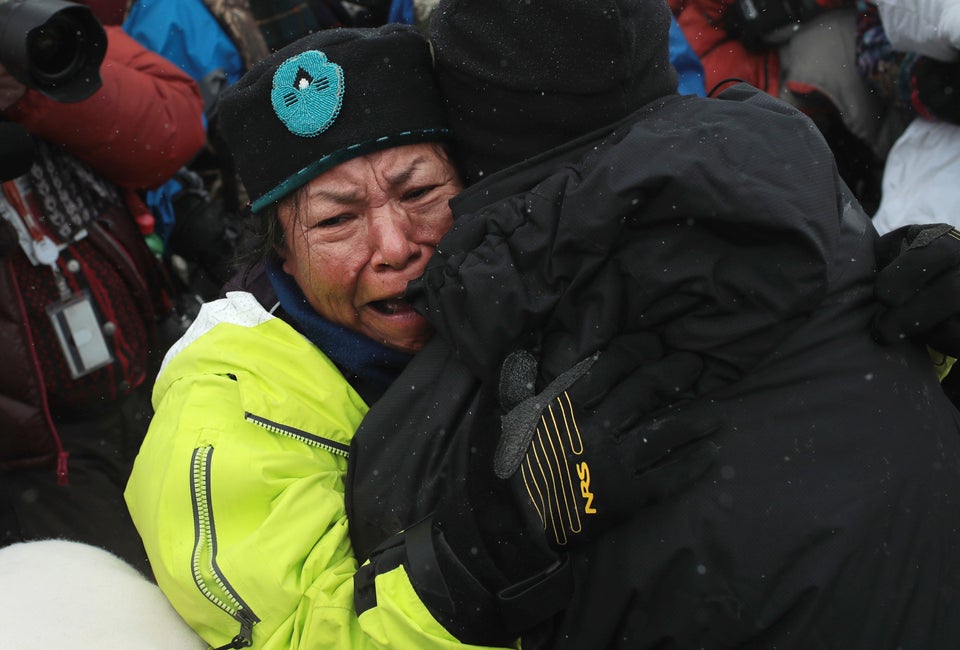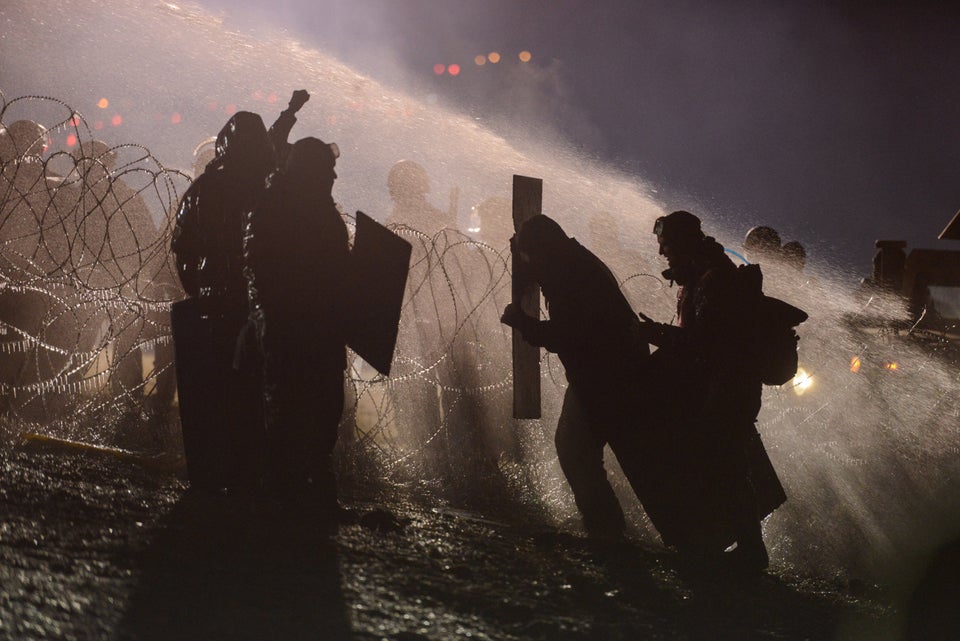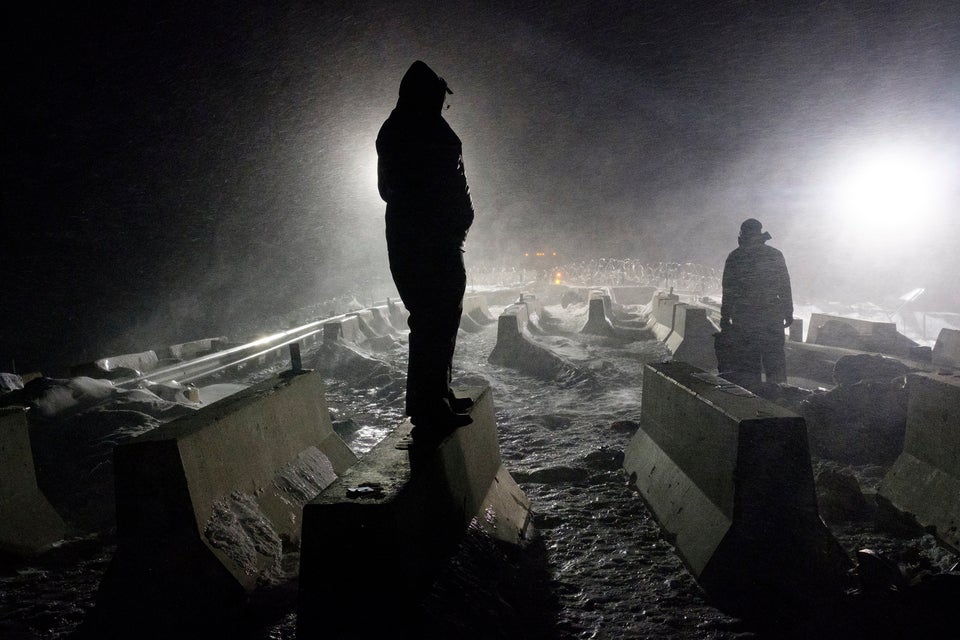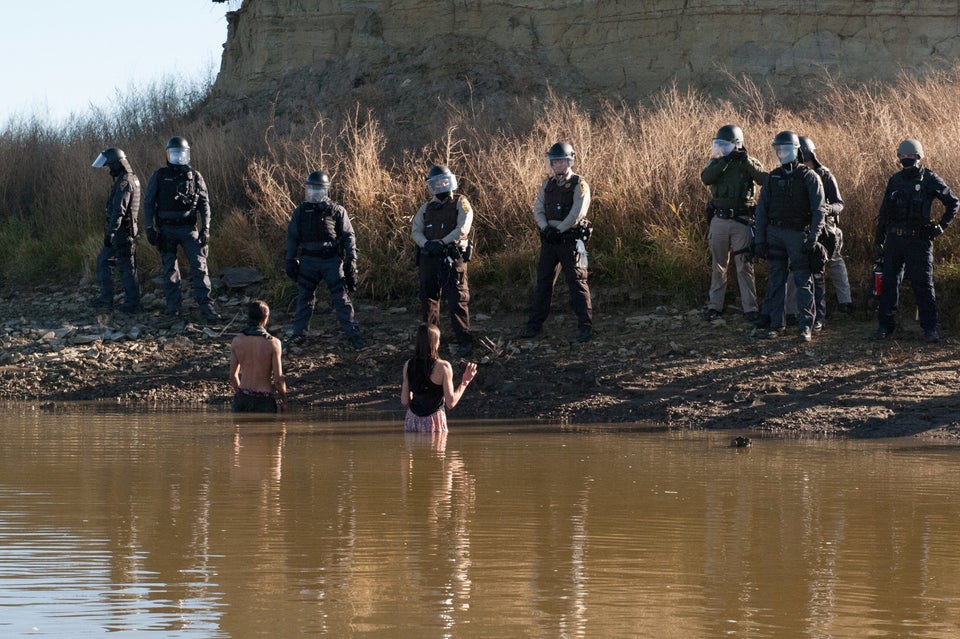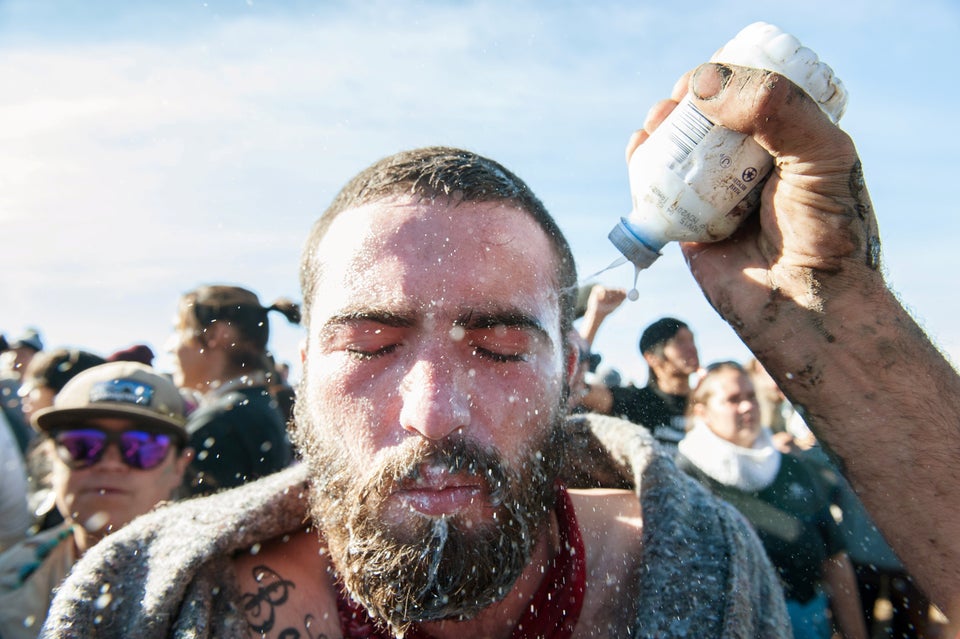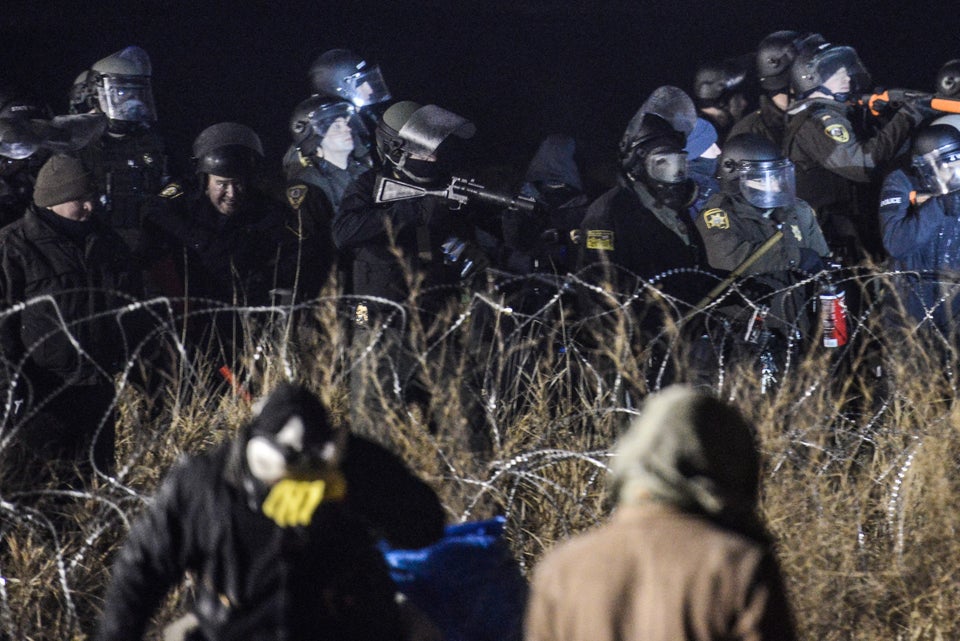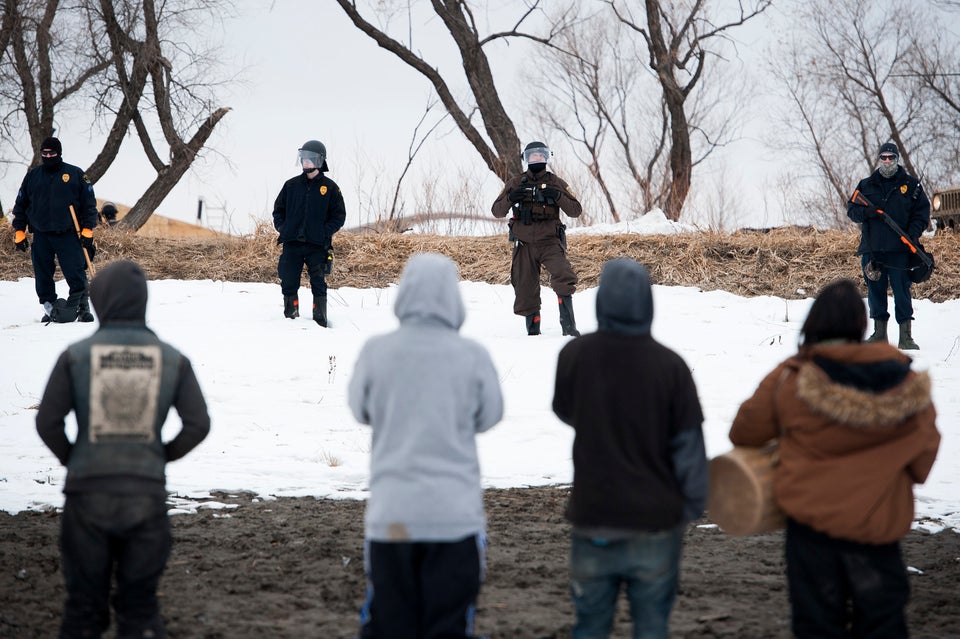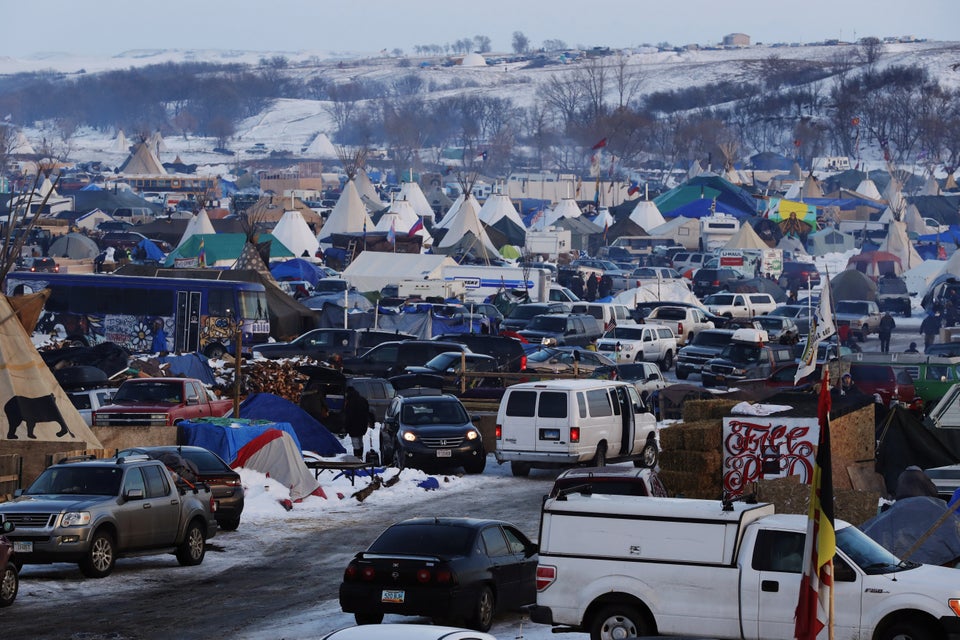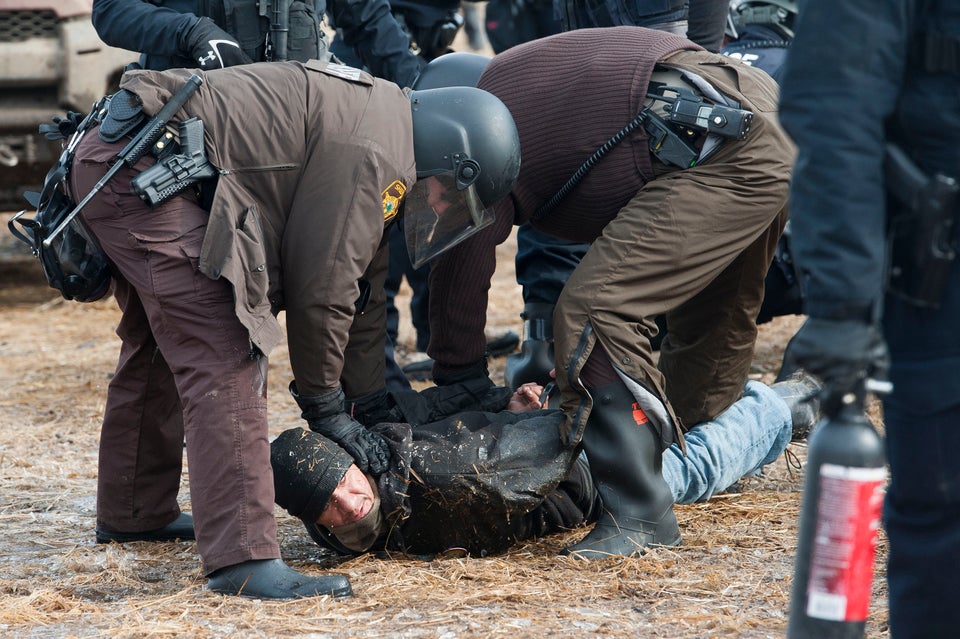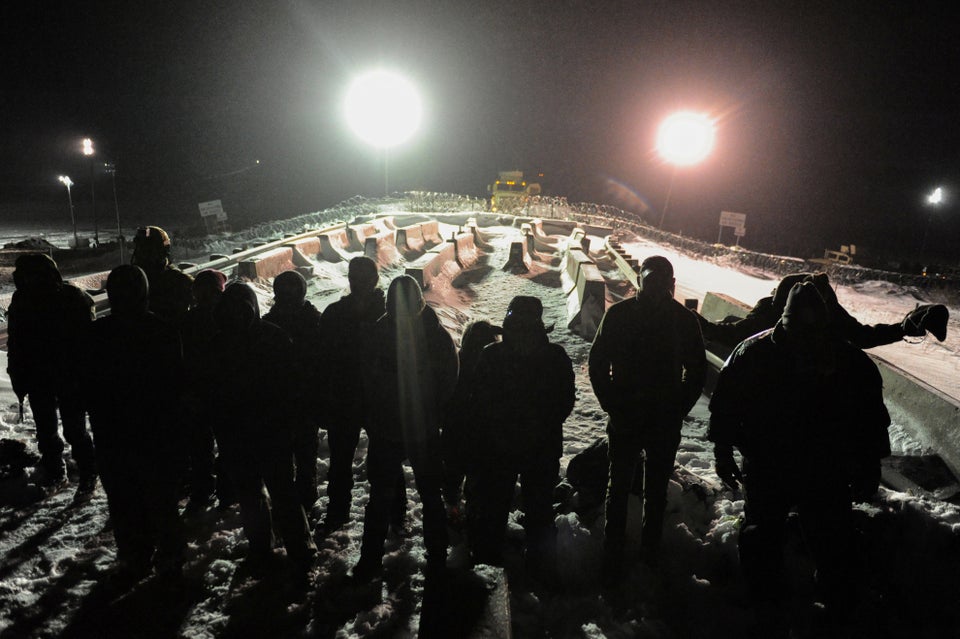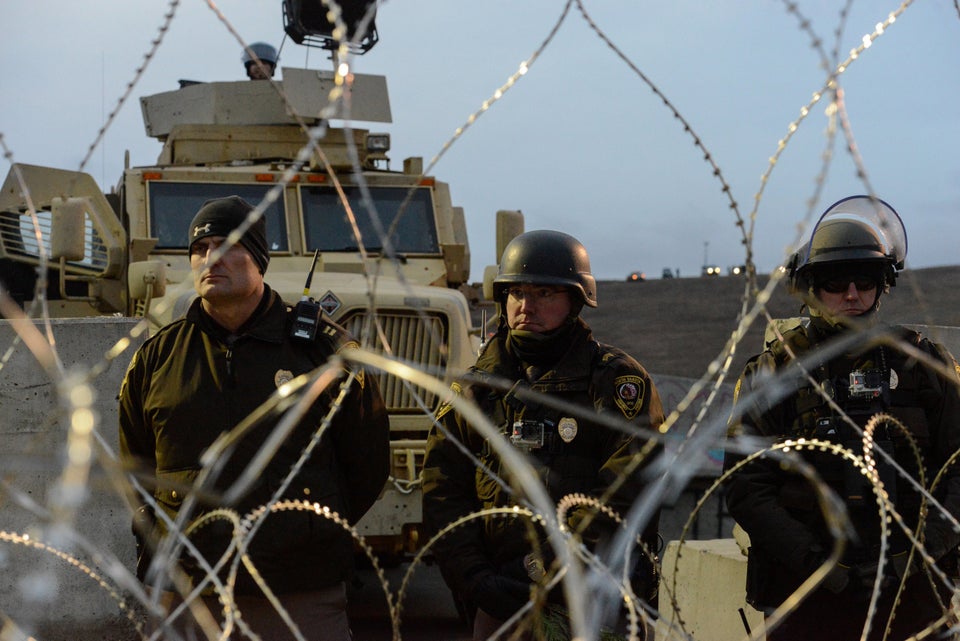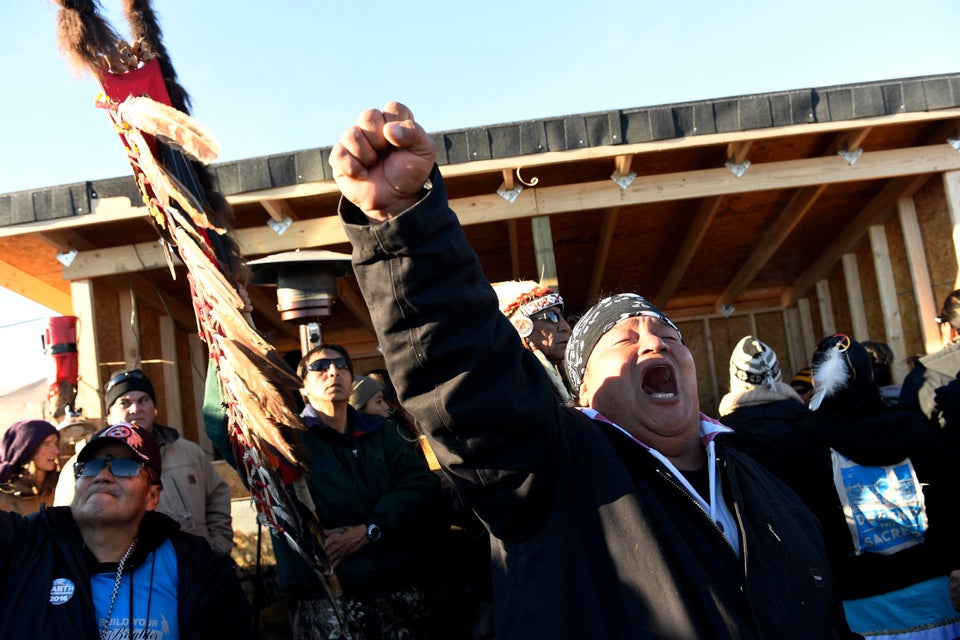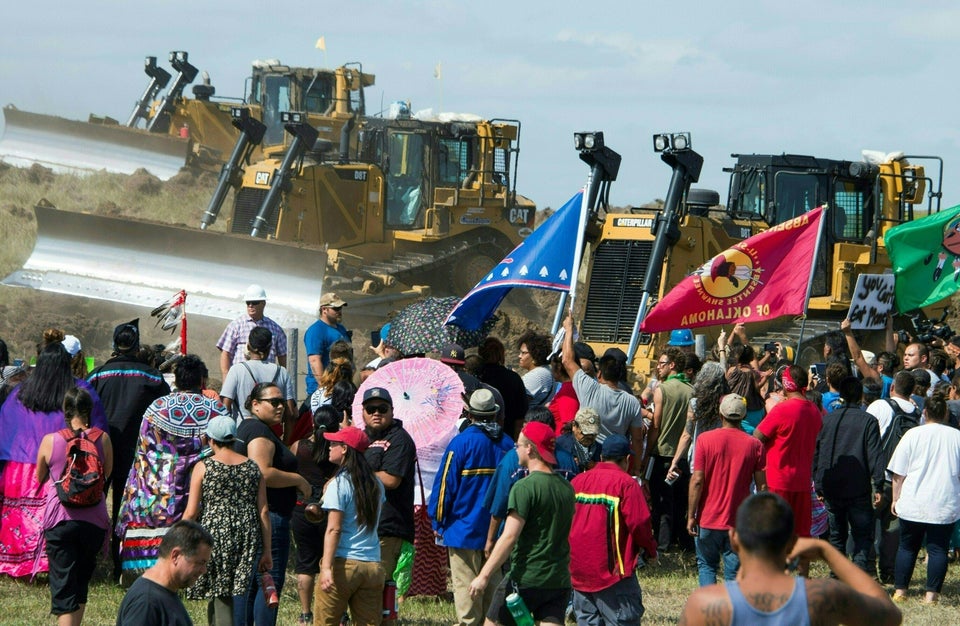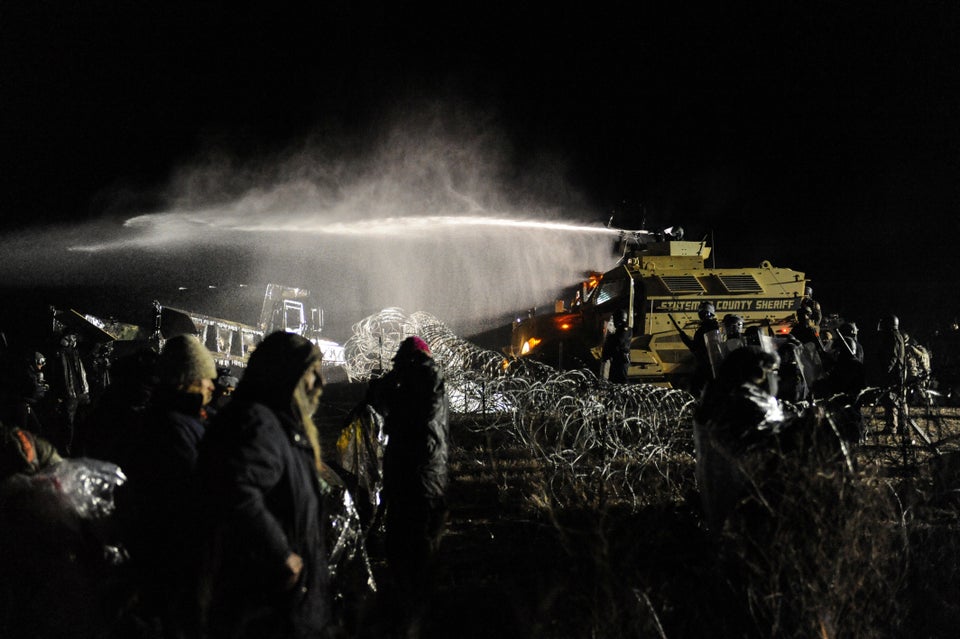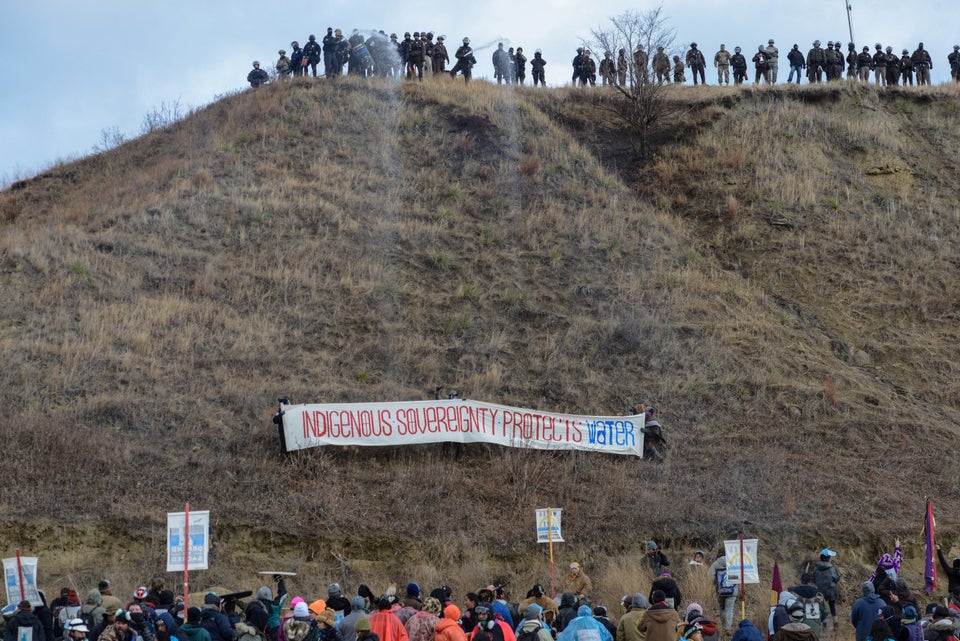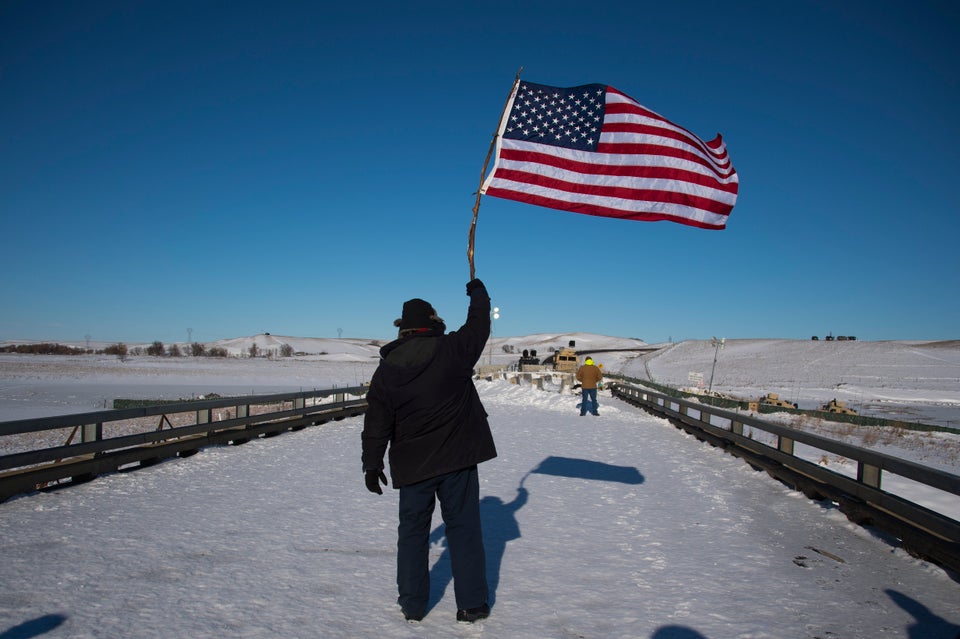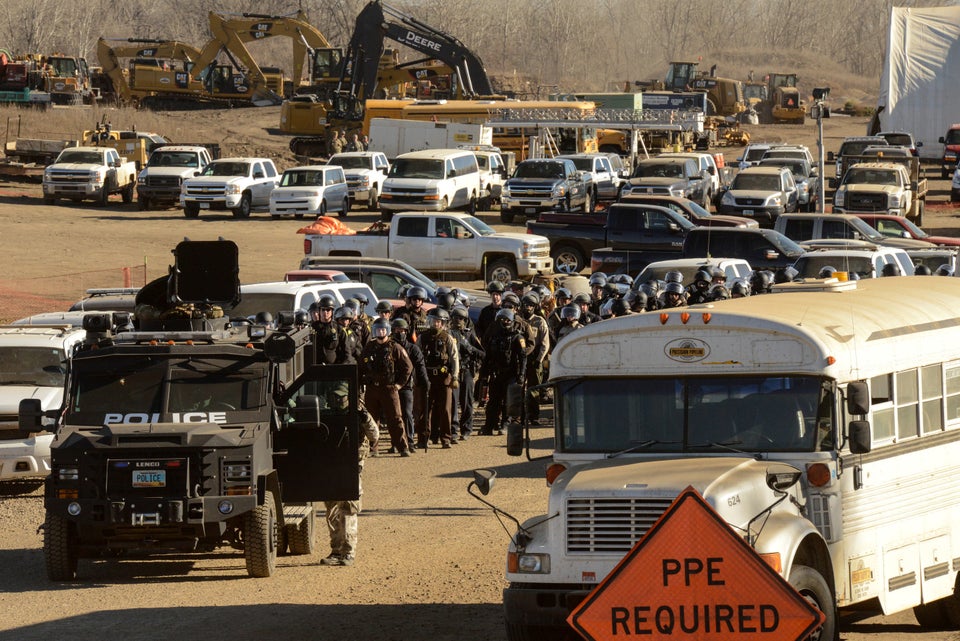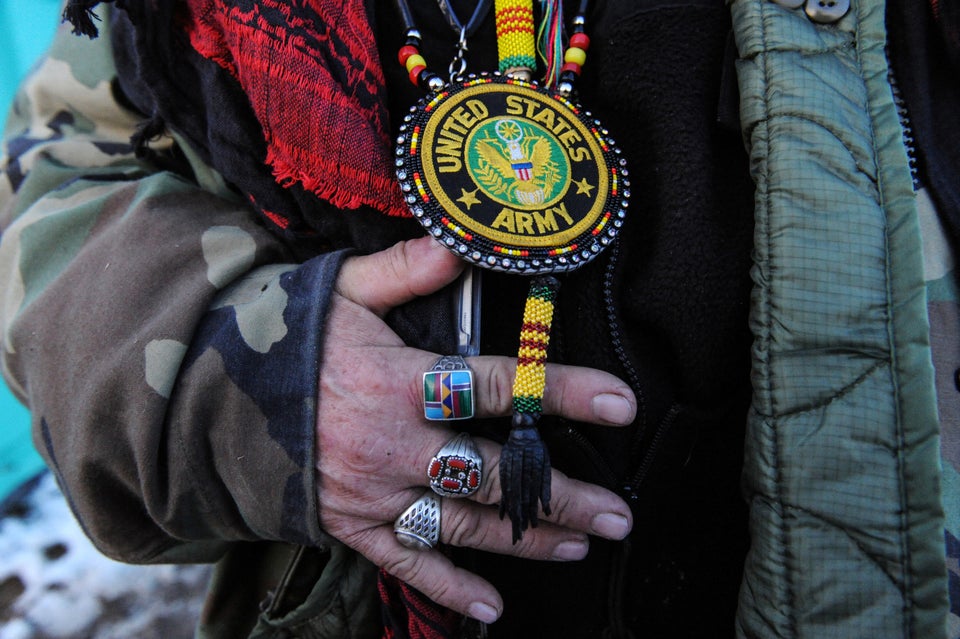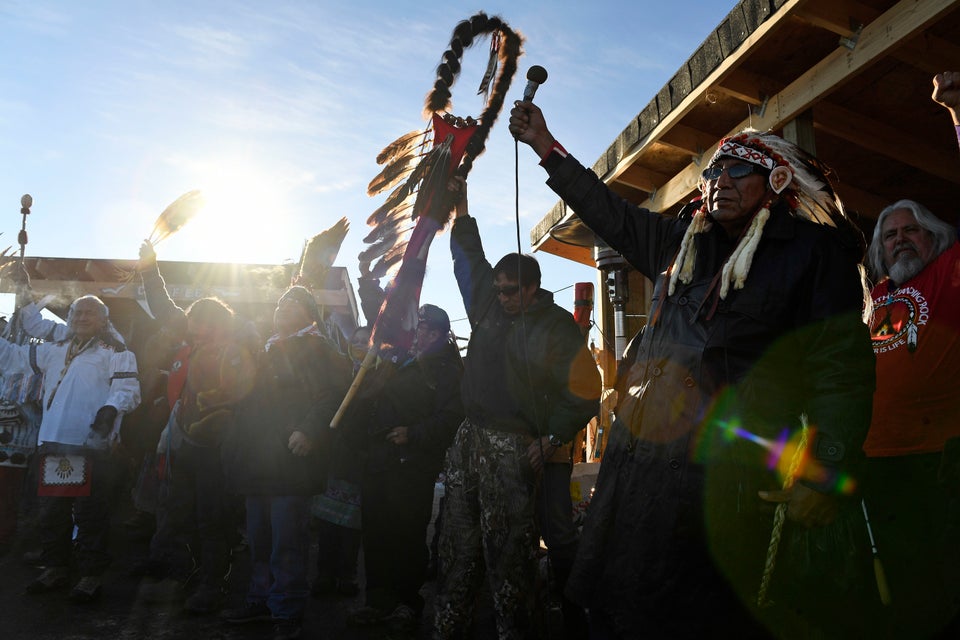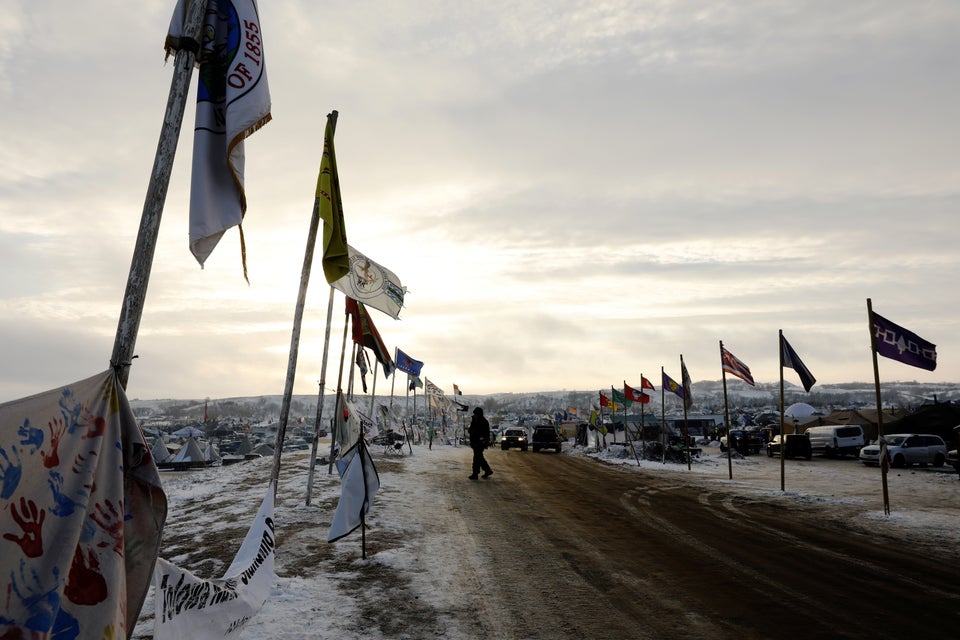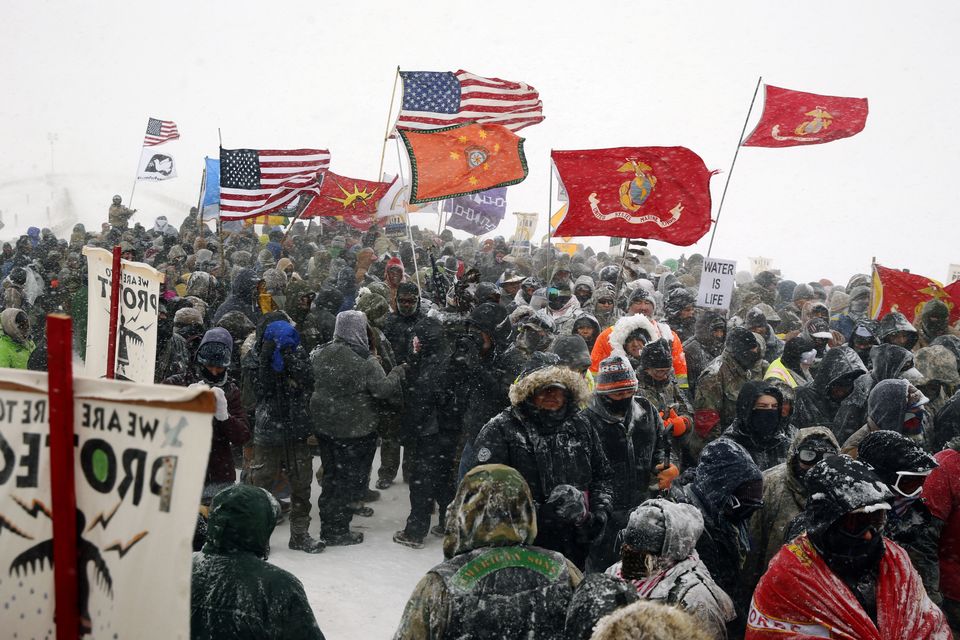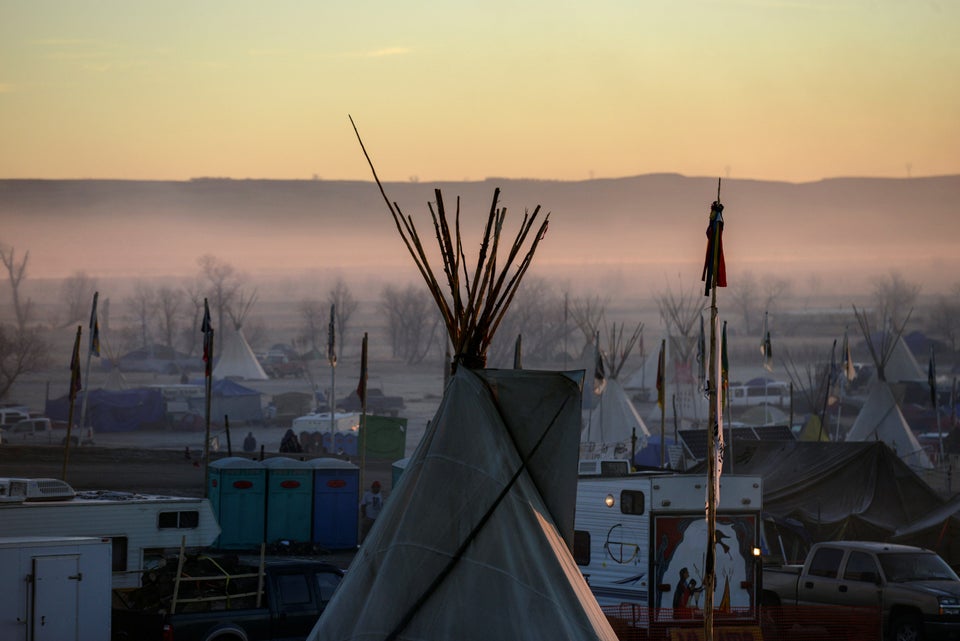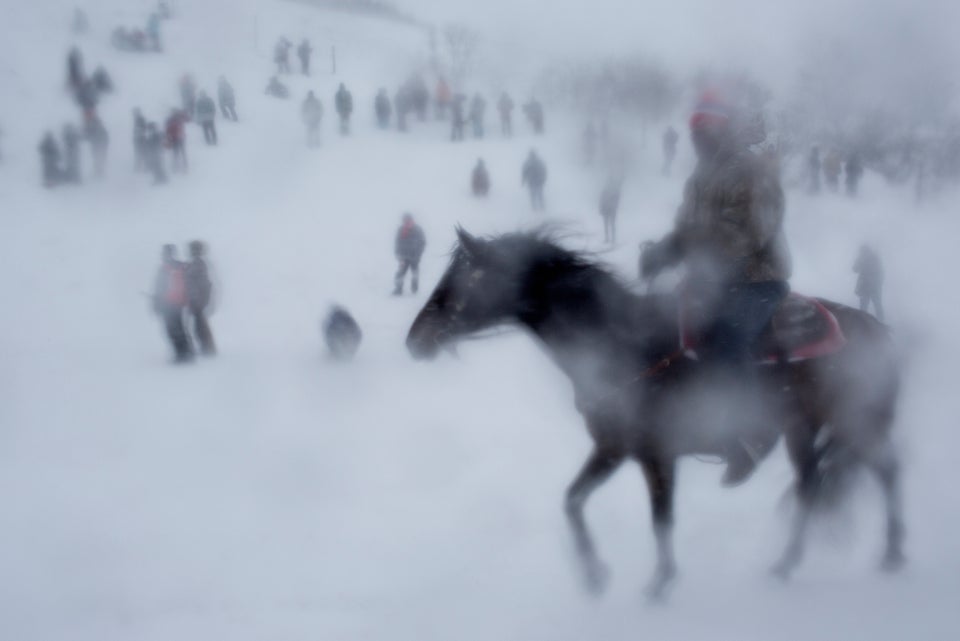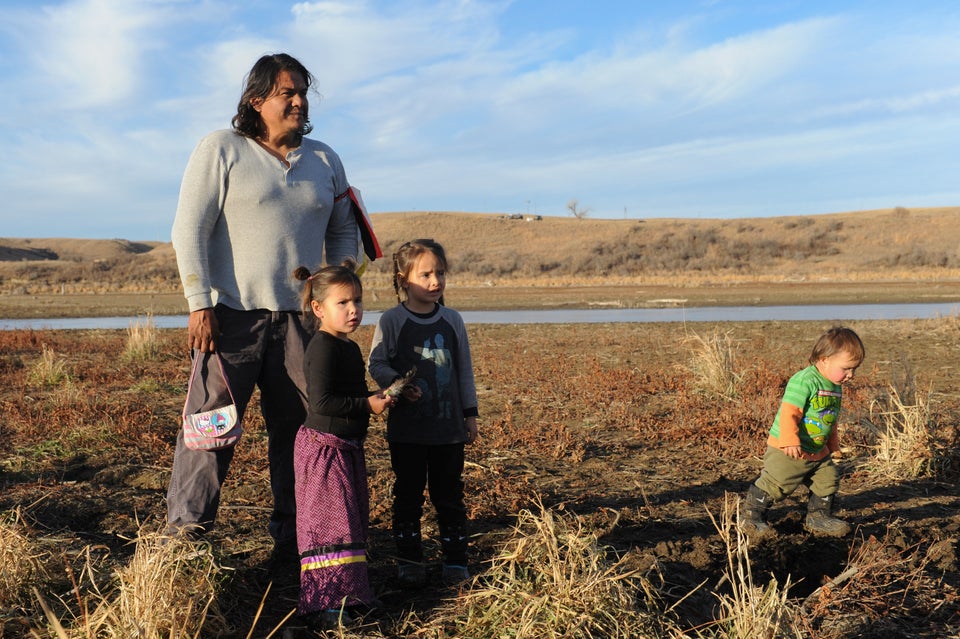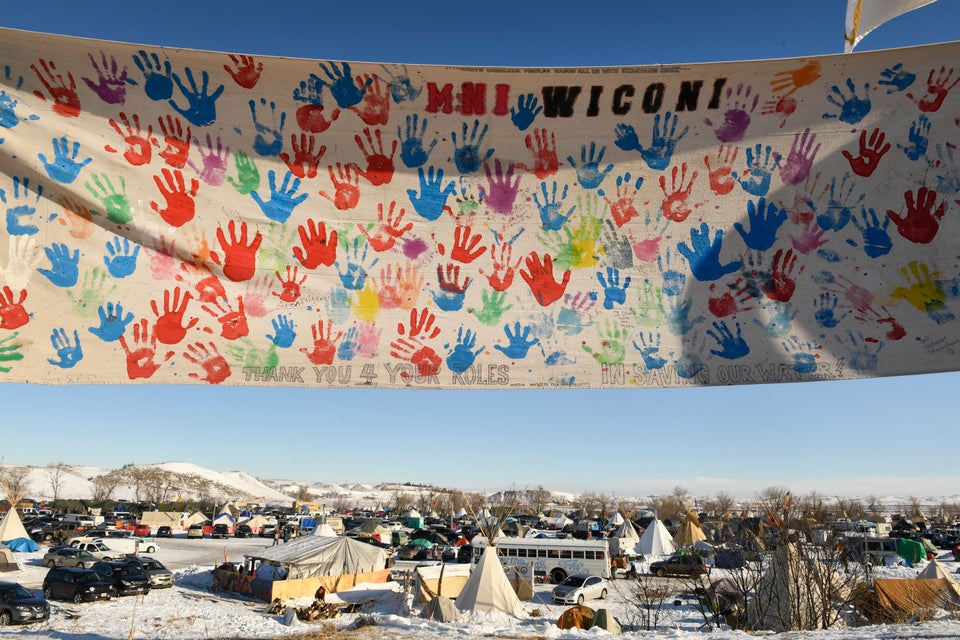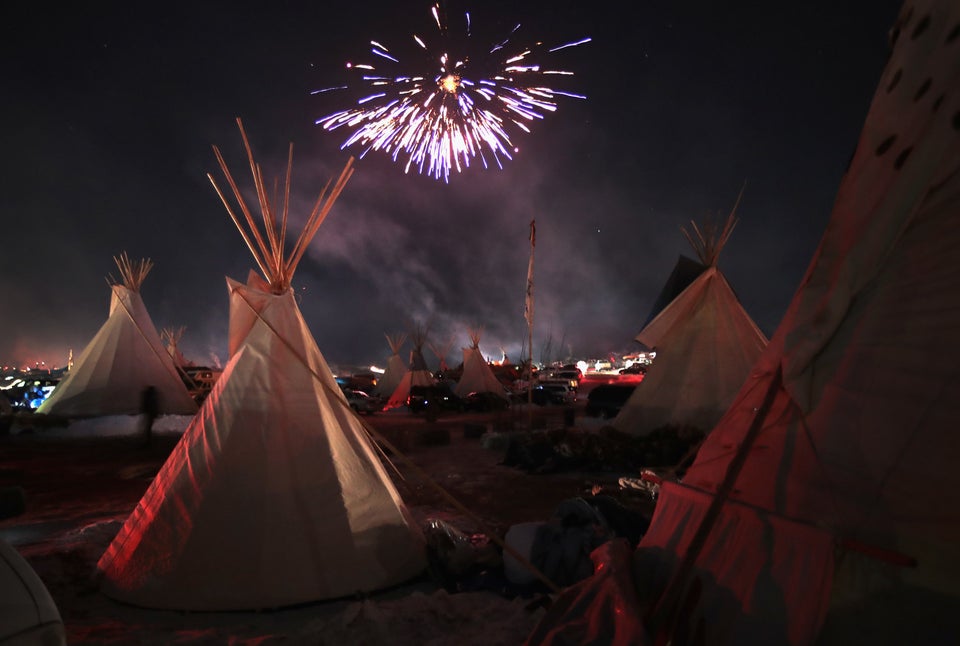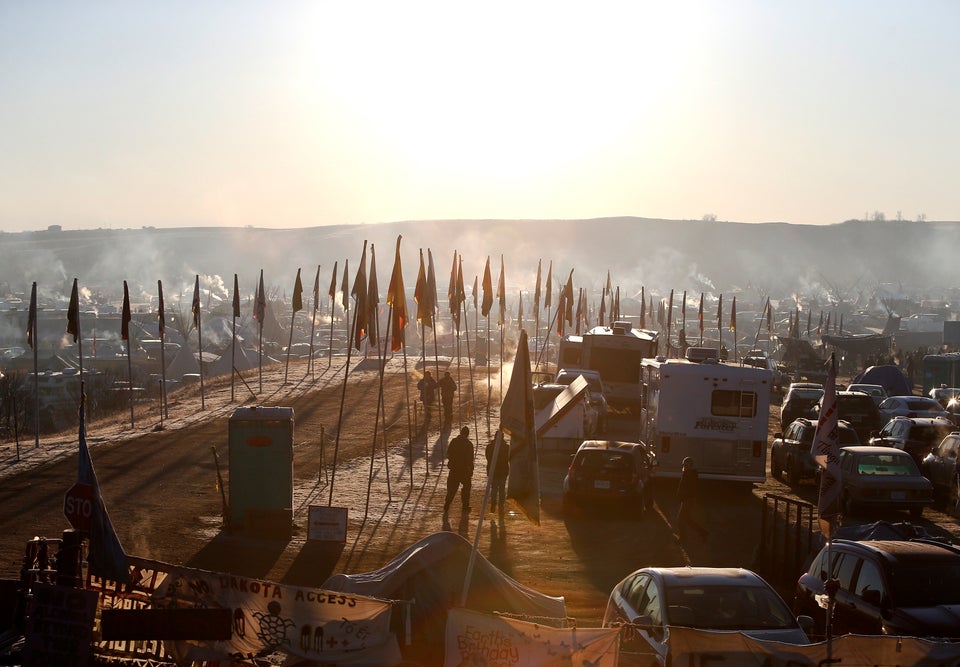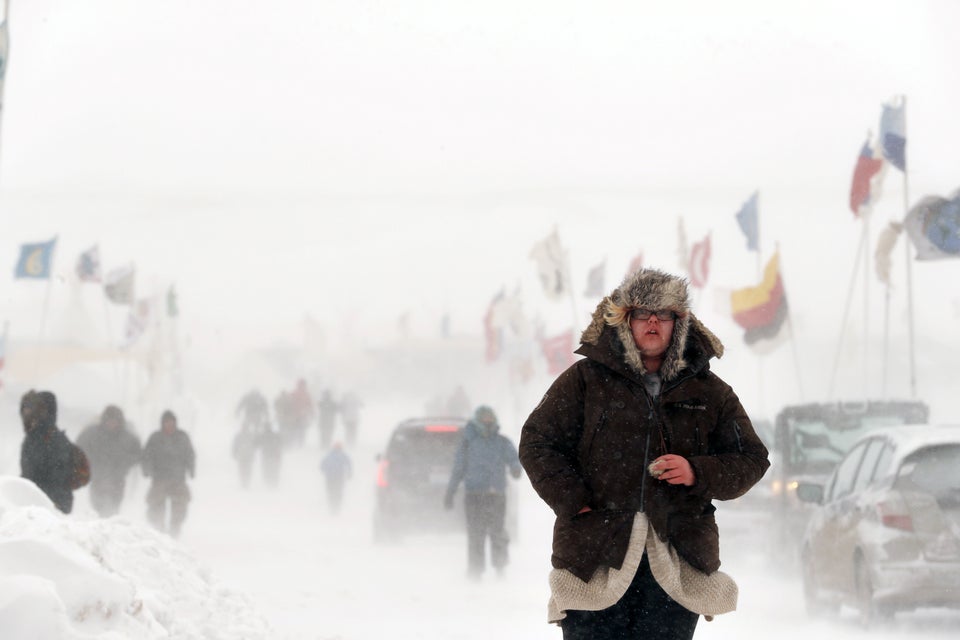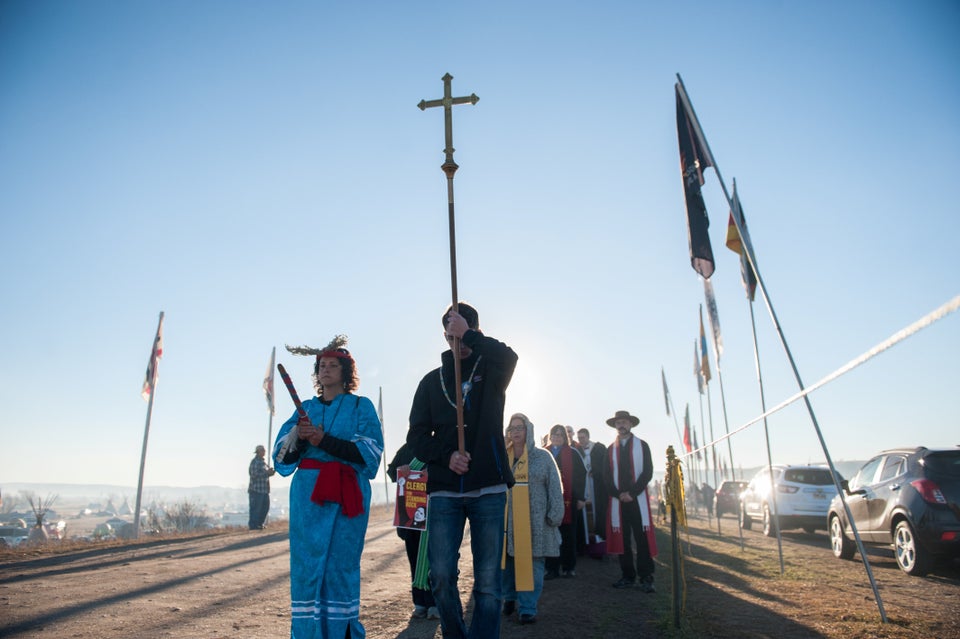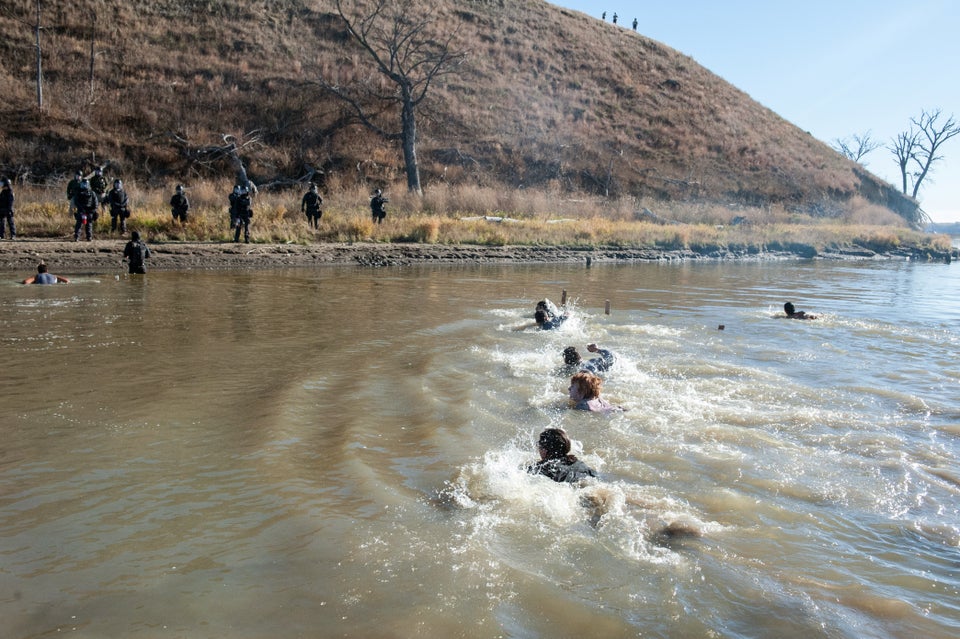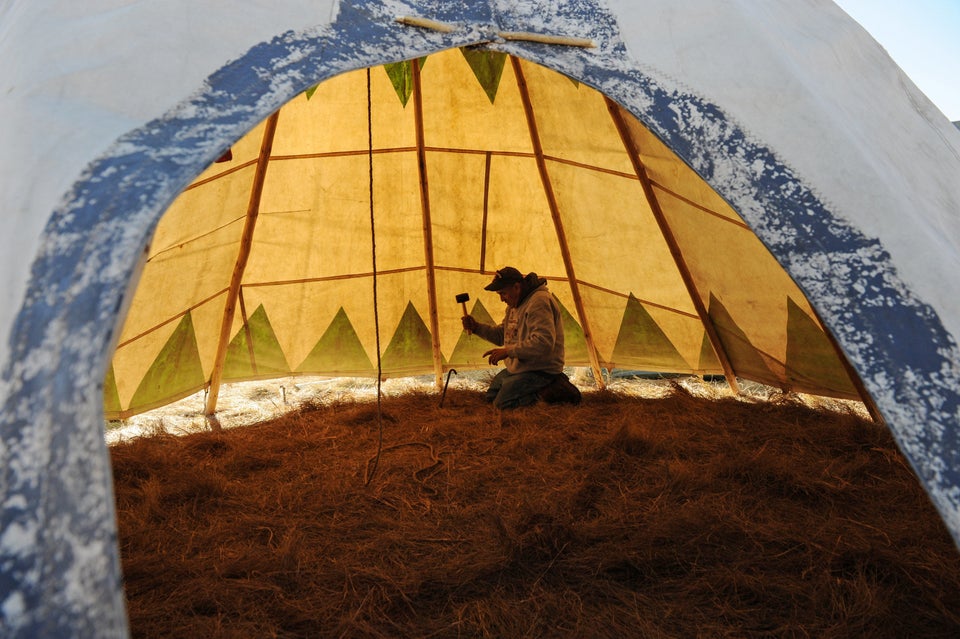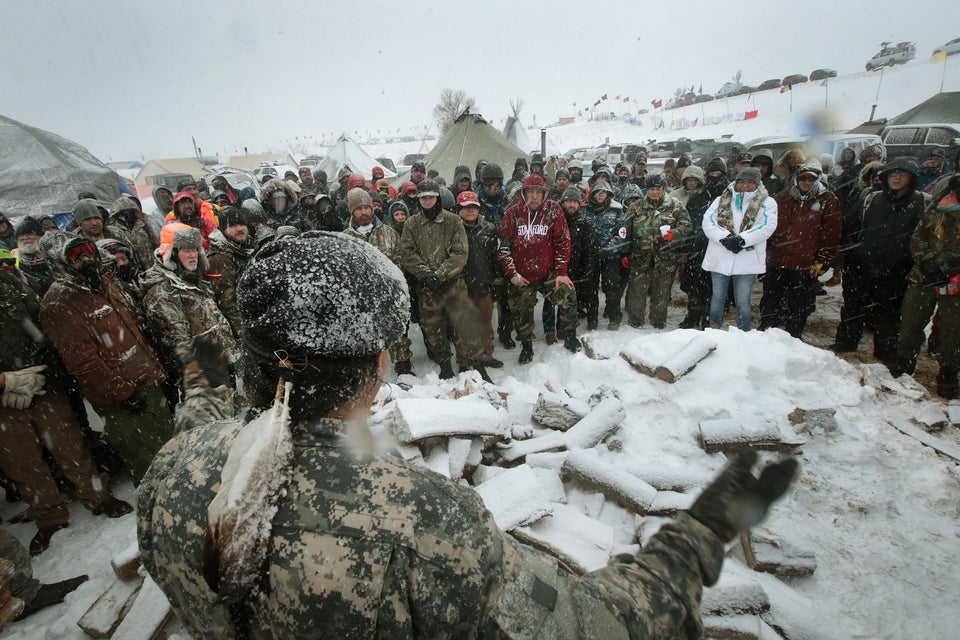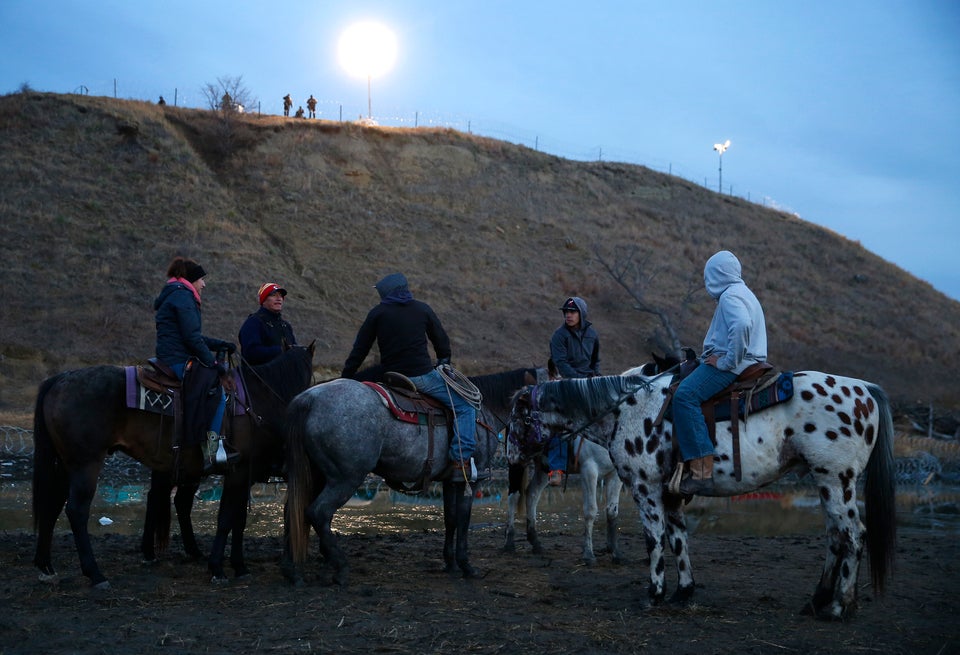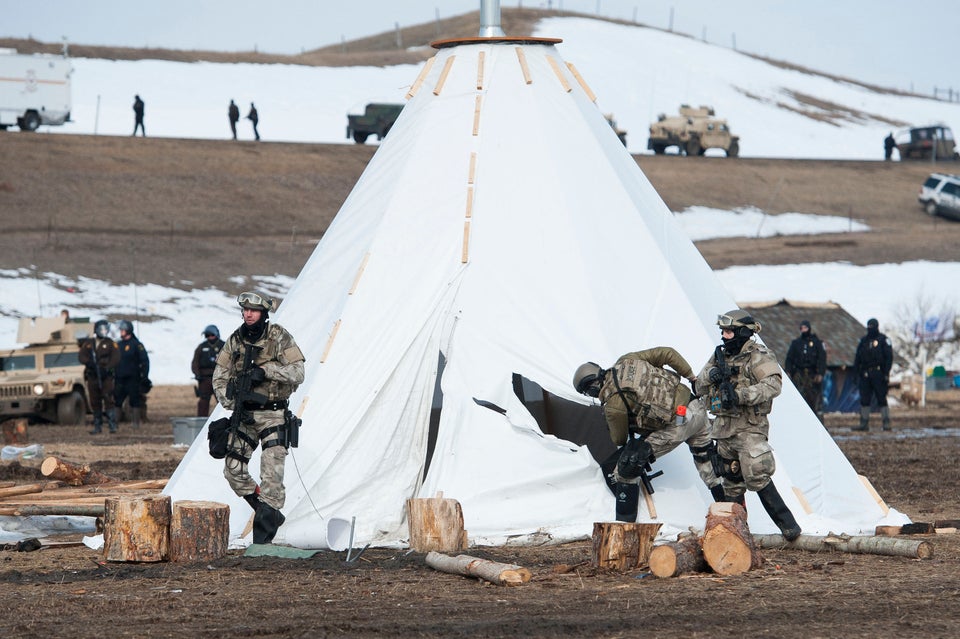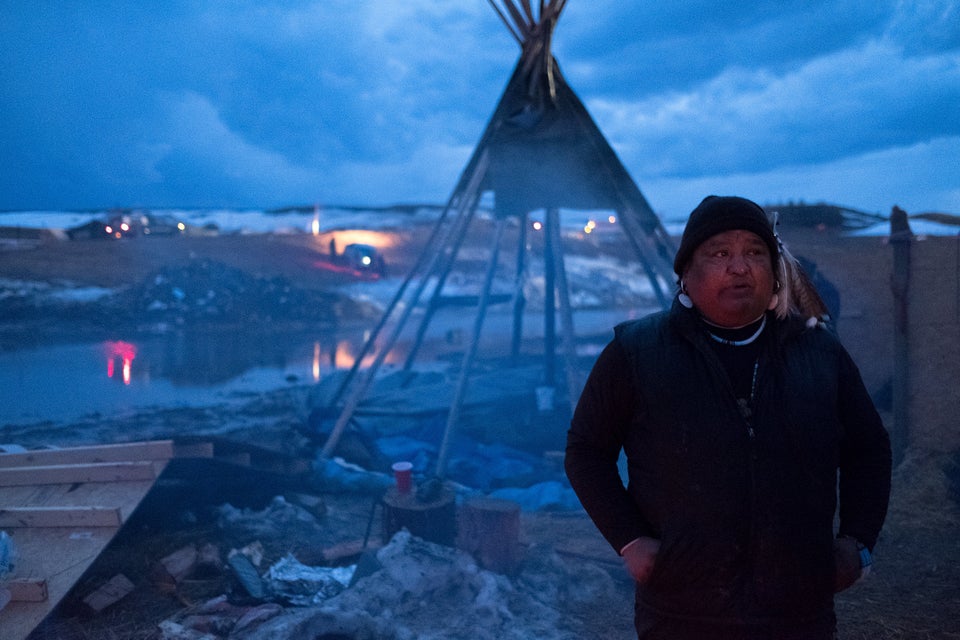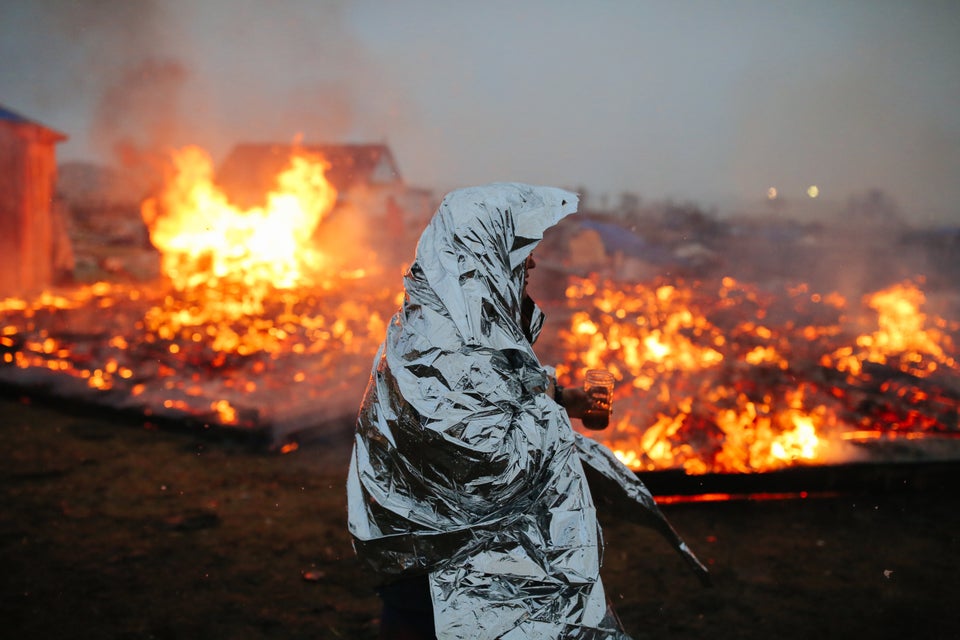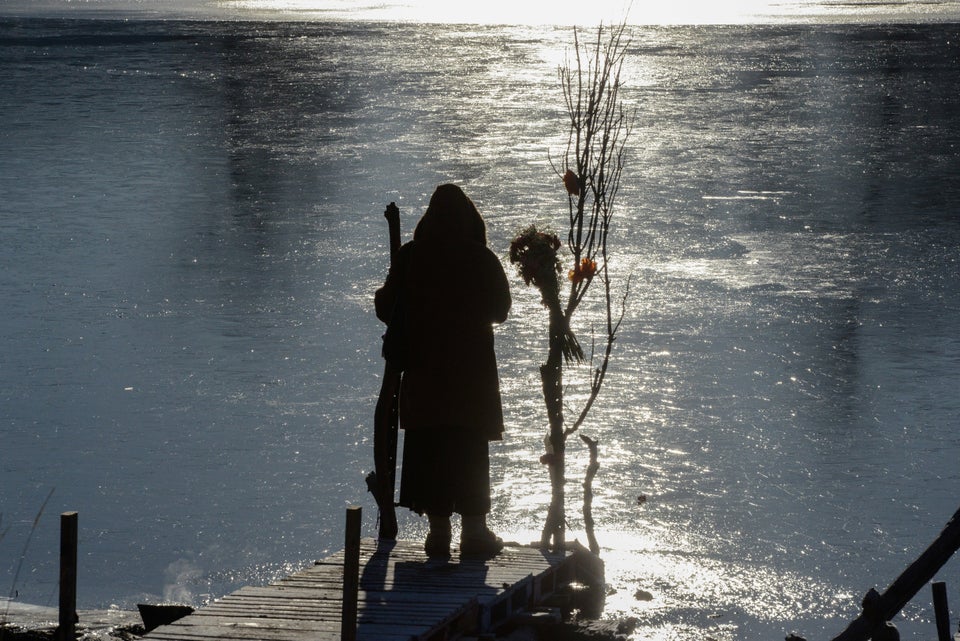In December, as authorities armed themselves with water cannons and rubber bullets, thousands of protestors camped near the site of a proposed oil conduit celebrated a historic victory: Federal authorities had halted construction of the Dakota Access Pipeline.
The U.S. Army Corps of Engineers pulled the plug on the $3.8 billion project following an extended campaign by the Standing Rock Sioux that garnered international media attention and drew thousands of activists to a small region of North Dakota.
“My hands go up to all the water protectors who have stood up to protect tribal treaty rights and to protect Mother Earth,” said Brian Cladoosby, president of the National Congress of American Indians, in a statement at the time. “Thank you for Standing For Standing Rock.”
However, just a few weeks into his presidency, Donald Trump signed an executive order in January to reopen the project. In February, the Army approved the pipeline’s construction and it expects to ship its first barrels of oil on Thursday.
Now, the protest camps are gone and, as environmentalists feared, the Dakota Access Pipeline has already leaked. Take a look at some images from the #NoDAPL protests as the pipeline goes into full operation.
Scott Olson via Getty Images
Patty Sam Porter of the Colville tribe in Washington state was welcomed after traveling from the headwaters of the Missouri River in a dugout canoe to join activists.
Stephanie Keith / Reuters
Police use a water cannon on protesters near the Standing Rock Indian Reservation.
Josh Morgan/HuffPost
A protester stands on a concrete barricade at the "Blackwater Bridge" law enforcement blockade.
Stephen Yang / Reuters
A camper is silhouetted behind a flag reading "Water Is Life" in the Oceti Sakowin camp.
Stephanie Keith / Reuters
Two people stand in the water of a river while police officers guard the shore.
Stephanie Keith / Reuters
A person pours a pepper spray antidote into a protester's eyes during a protest.
Stephanie Keith / Reuters
Police confront protesters with a rubber bullet gun.
Andrew Cullen / Reuters
At times, hundreds or thousands of protestors were in North Dakota.
Josh Morgan/HuffPost
Water protectors face off against law enforcement.
Lucas Jackson / Reuters
Vehicles and campsites fill the Oceti Sakowin camp.
Josh Morgan/HuffPost
Some protesters left of their own volition during crackdowns, while authorities handcuffed dozens of others who’d ignored orders to disperse.
Stephanie Keith / Reuters
Women hold a prayer ceremony.
Stephanie Keith / Reuters
Veterans have a confrontation with police on Backwater bridge.
Stephanie Keith / Reuters
Police stand guard during a prayer ceremony during a protest.
Helen H. Richardson via Getty Images
Troy Fairbanks cheers after hearing that the US Army Corps of Engineers will no longer grant access to the Dakota Access Pipeline.
Lucas Jackson / Reuters
Chief Arvol Looking Horse of Green Grass South Dakota, who is the spiritual leader of the Lakota, Dakota and Nakota Sioux Nations listens to speakers inside of the Oceti Sakowin camp.
ROBYN BECK via Getty Images
Members of the Standing Rock Sioux Tribe and their supporters confront bulldozers working on the oil pipeline.
Stephanie Keith / Reuters
Police use a water cannon on those gathered during a protest.
Stephanie Keith / Reuters
Protesters raise a banner on Turtle Island.
JIM WATSON via Getty Images
US Navy veteran John Gutekanst from Athens, Ohio, waves an American flag as an activist approaches the police barricade.
Stephanie Keith / Reuters
Police stand guard in a Dakota Access pipeline construction facility.
Stephanie Keith / Reuters
Steve Perry from the Odawa tribe displays his Army medal for the camera in Oceti Sakowin camp.
Helen H. Richardson via Getty Images
Native Americans lift up their hands to celebrate their victory after the US Army Corps of Engineers shut down the project.
Lucas Jackson / Reuters
A camper crosses "flag road" inside the Oceti Sakowin camp.
Lucas Jackson / Reuters
Veterans march with activists near Backwater Bridge.
Stephanie Keith / Reuters
A tipi is seen at sunrise at an encampment.
Andrew Lichtenstein via Getty Images
On the day of a government order to vacate the area, hundreds of United States military veterans vow to defend the Standing Rock protest camp.
Stephanie Keith / Reuters
A family from the Cheyenne River tribe plays together near Turtle Island during a protest.
Helen H. Richardson via Getty Images
The encampment at Oceti Sakowin camp on the Standing Rock Sioux Reservation had grown to thousands of people.
Scott Olson via Getty Images
Fireworks fill the night sky following the closure of the Dakota Access project.
Boston Globe via Getty Images
The Oceti Sakowin camp in Cannon Ball, ND.
Lucas Jackson / Reuters
A camper walks through high winds during a blizzard.
Stephanie Keith / Reuters
Members of the clergy from across the United States participate in a march during a protest.
Stephanie Keith / Reuters
People swim across a river to where the police officers are standing guard.
Stephanie Keith / Reuters
Steve Tamayo drives in stakes to his tipi in an encampment.
Scott Olson via Getty Images
Military veterans are briefed on cold-weather safety issues.
Boston Globe via Getty Images
Riders bring their horses to the edge of the water for a drink as police stand atop the hill on Turtle Island.
Josh Morgan/HuffPost
Officers combed through remaining structures, such as this tent, while checking for protesters during a raid.
Josh Morgan/HuffPost
Following the protest, Dan Nanamkin, 49, said: "It's going to be a difficult transition after being in a place with so much love, spirituality and unity for so long."
Stephen Yang via Getty Images
Campers set structures on fire in preparation of an Army Corp's deadline to leave the Oceti Sakowin protest camp on Feb. 22, 2017.
Stephanie Keith / Reuters
A person stands near a river during a protest.
